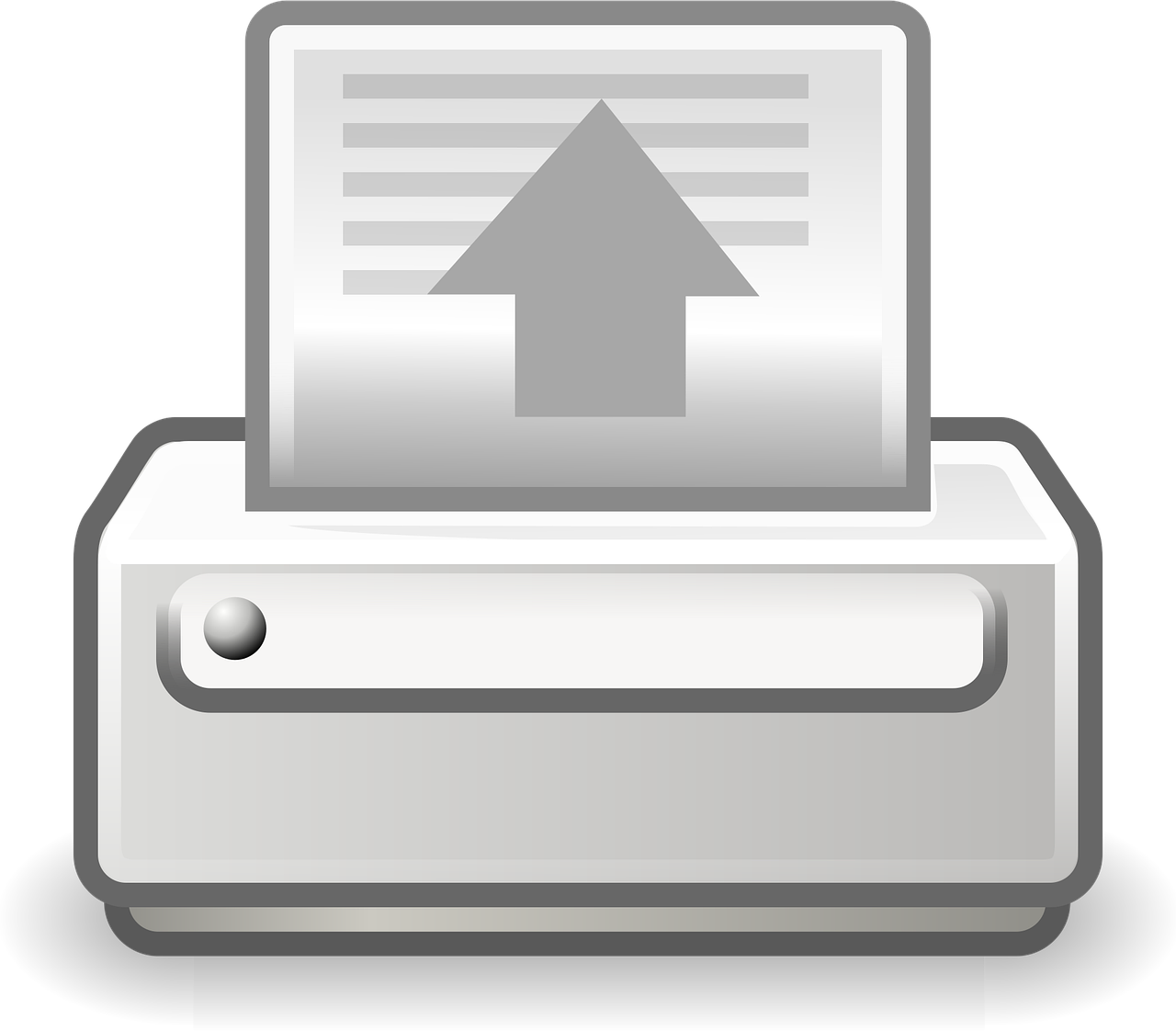In today’s fast-evolving corporate landscape, accurately capturing the essence of business meetings is no longer a mere administrative task—it’s a vital component of organizational success. Companies worldwide grapple with the challenge of turning dynamic conversations into actionable, reliable records that promote transparency and strategic alignment. With tools like Microsoft Teams, Zoom, and Slack reshaping how teams collaborate, the method by which meetings are documented significantly impacts decision-making and follow-through. Moreover, as remote and hybrid work models become the norm, efficient documentation ensures that physical distance does not translate into information gaps. Businesses leveraging platforms such as Asana, Trello, and Notion to manage tasks find that well-documented meetings bridge the gap between ideas and execution. Proper documentation serves multiple objectives: securing legal compliance, enabling seamless accountability, and acting as a historical archive that supports continuous learning and agile responses to changing markets. This article unfolds the intricacies of documenting meetings effectively, spotlighting practical strategies and modern technologies that elevate meeting minutes from mundane notes to pivotal business assets.
Understanding the Critical Role of Meeting Documentation in Business Decision-Making
The process of documenting business meetings transcends the act of note-taking; it comprehensively encapsulates discussions, decisions, and assigned tasks that collectively steer organizational progress. Essentially, meeting minutes function as the official chronicle that substantiates what transpired during a corporate gathering. This authenticity is indispensable in cultivating a culture of transparency, where every stakeholder is aware of responsibilities and strategic intents.
In regulated industries such as finance and healthcare, meeting documentation is not merely prudent but mandated. Compliance regulations, including Sarbanes-Oxley for publicly traded companies and HIPAA in healthcare, demand meticulous records to demonstrate governance and accountability. Such requirements underpin the legal imperatives of maintaining minutes that accurately reflect board deliberations and operational decisions.
Besides compliance, the accountability dimension of meeting minutes is paramount. For example, recording who is responsible for specific action items within Slack channels or Microsoft Teams threads ensures that task ownership is clearly assigned and visible. This reduces the risk of overlooked duties and fosters a results-driven environment.
Another crucial role of documentation lies in decision tracking. Effective meeting records enable organizations to longitudinally trace the rationale behind decisions, facilitating informed strategic reviews. Consider a scenario where a company swiftly shifts product development priorities. Archived minutes can help new team members or leadership understand the deliberative context, reducing redundancies and preserving institutional knowledge.
Dispute resolution is also significantly aided by comprehensive documentation. In cases where stakeholders disagree on past decisions or interpretations, meeting minutes serve as an unequivocal record that can clarify intentions and outcomes. This is a cost-saving mechanism, reducing potential legal or interpersonal conflicts.
- Legal and regulatory compliance: Demonstrating adherence to relevant laws through accurate records.
- Accountability: Clearly defining who is responsible for next steps.
- Decision tracking: Allowing historical referencing for effective future planning.
- Dispute resolution: Providing factual evidence in conflict situations.
- Continuity: Offering a knowledge base for organizational memory, especially with leadership changes.
Businesses increasingly rely on cloud-based platforms like Dropbox and Google Workspace to securely store their meeting archives. These platforms facilitate easy access while safeguarding sensitive content under strict permission settings. Embracing such ecosystems supports compliance and improves retrieval efficiency, crucial for audit readiness and strategic evaluations.

Essential Components and Formats of Effective Meeting Minutes for Clear Business Communication
Meeting minutes are only as valuable as their content quality and structural clarity. Developing an effective format that balances detail with brevity is vital to fostering clarity and ensuring comprehension among all attendees and relevant parties.
Key Elements Every Meeting Minute Should Include
Well-crafted minutes consistently contain the following core components, ensuring completeness and usefulness:
| Component | Description | Purpose |
|---|---|---|
| Meeting Details | Date, time, location, and type of meeting (e.g., board, team, strategy) | Establishes context and helps locate records when referencing past meetings |
| Attendance Record | Names of participants, absentees, and guests | Ensures transparency on engagement and validates quorum if applicable |
| Agenda Items and Discussion Summaries | Structured topics with summarized viewpoints, concerns, and debate highlights | Facilitates understanding of the meeting flow and key conversation points |
| Decisions and Resolutions | Clear statements of approved motions, strategy sign-offs, and policy changes | Confirms agreed outcomes, serving as a point of reference for implementation |
| Action Items | Tasks allocated to individuals or teams along with deadlines and expectations | Drives accountability and progress towards objectives |
| Voting Outcomes (Where Applicable) | Record of votes for or against resolutions, including individual voting details if required | Documents official approval and supports governance practices |
Maintaining an objective and neutral tone is another pillar of professionally drafted minutes. Instead of subjective phrases such as “John was unhappy with the proposal,” it is better to note “John raised concerns regarding the feasibility of the proposal,” which preserves impartiality and clarity.
Meeting Minute Formats Tuned to Organizational Needs
Depending on the nature and purpose of the meeting, formats vary to suit specific outcomes:
- Formal Structured Minutes: Suitable for board or legal meetings, capturing detailed decisions and motions.
- Action-Oriented Minutes: Focus on tasks, responsible parties, and deadlines, ideal for project teams and operational meetings.
- Summarized Minutes: High-level notes that convey the essential points for internal team updates where exhaustive details are less critical.
Integrating collaborative tools like Evernote, OneNote, or Notion can streamline the formatting and distribution process. Templates aligned with corporate standards ensure consistency and professionalism across diverse teams. Platforms such as Microsoft Teams and Google Workspace offer additional integrations to facilitate seamless documentation and sharing.
Best Practices and Tools for Capturing and Organizing Business Meeting Notes Efficiently
Capturing business meeting documentation efficiently requires strategy, preparation, and leveraging technological advancements. Employing the right methods ensures the minutes are comprehensive, readable, and actionable.
Preparation and Real-Time Note-Taking Strategies
Preparation is the foundation of effective documentation. Reviewing agendas beforehand and familiarizing oneself with key discussion points enables focused note-taking. For instance, agenda items previously shared via Slack or Adobe Connect channels allow the note-taker to anticipate major themes and relevant terminologies.
During the meeting, distilling conversations into key points avoids the pitfall of verbatim transcription, which often leads to bloated, unreadable minutes. Utilizing shorthand techniques or digital tools such as AI transcription integrations from Microsoft Teams and Zoom recordings can aid accuracy without distracting from interaction.
Post-Meeting Organization and Standardization
Following the meeting, promptly reviewing notes ensures critical details are not lost. Organizing content using bulleted lists, headings, and action item tables enhances clarity, especially when collaborating via tools like Asana or Trello. Establishing a standardized template across the organization minimizes inconsistencies.
Moreover, interlinking meeting notes with task management systems ensures follow-up actions are tracked and visible. For example, connecting action items recorded in OneNote or Notion directly to projects in Google Workspace or Slack integrations reduces communication overhead and elevates accountability levels.
- Prepare by reviewing agendas and relevant documents.
- Use shorthand or digital transcription tools to capture key points.
- Format notes promptly with a consistent and structured style.
- Integrate notes with project management tools for task follow-up.
- Store minutes securely in cloud-based services such as Dropbox or Google Workspace for easy access.

Common Pitfalls in Meeting Documentation and How to Avoid Them for Maximum Impact
Even with the best intentions, documentation can fall short due to common mistakes that diminish its effectiveness. Recognizing these pitfalls helps refine the process to deliver meaningful and actionable records.
- Overloading With Excessive Detail: Capturing every spoken word turns minutes into lengthy transcripts that can overwhelm readers. Instead, focus on summarizing key ideas, decisions, and action items.
- Omitting Crucial Decisions or Tasks: Leaving out major conclusions or assigning no action items risks stalled progress and accountability loss. Ensure all resolutions and responsibilities are explicitly recorded.
- Ambiguous Language: Vague expressions like “some attendees favored the proposal” create confusion. Specify who supported or opposed and record voting outcomes if applicable for clarity.
- Lack of Timely Distribution: Minutes that arrive late miss their window of effectiveness, impeding follow-up.
One organization improved its meeting effectiveness by rotating note-taking duties and implementing a templated format accessible via Notion, resulting in a 30% increase in action item completion rates within three months. Furthermore, using asynchronous platforms like Slack to circulate draft minutes encourages timely feedback and error correction, enhancing precision.
| Common Mistake | Impact | Prevention Strategy |
|---|---|---|
| Detail Overload | Reduced readability and delayed decisions | Focus on summaries and use templates |
| Missing Action Items | Accountability loss and stalled projects | Explicitly track tasks with owners and deadlines |
| Vague Language | Confusion and misinterpretation | Use clear, specific statements and record votes |
| Delayed Distribution | Lost momentum and unclear responsibilities | Establish deadlines and automate sharing processes |
Leveraging workflow automation tools like Zapier combined with Google Workspace or Dropbox can streamline distribution, furnishing stakeholders with up-to-date meeting records instantaneously and ensuring precision and timeliness.
Streamlining the Approval and Distribution of Meeting Minutes to Enhance Organizational Efficiency
After documenting the meeting, managing the approval and distribution process diligently is critical to ensuring the minutes serve their intended purpose effectively. This phase reinforces accuracy, accountability, and accessibility.
Reviewing and Revising to Guarantee Completeness
Draft minutes should be circulated among the meeting chairperson, secretary, and key stakeholders promptly for feedback. This collaborative review helps identify factual errors, clarify ambiguous sections, and add any overlooked action items or decisions.
In businesses with legal obligations, involving counsel during this stage guarantees compliance with regulatory standards. Such thorough vetting minimizes risks related to governance or legal disputes.
Formal Approval and Finalization Process
Upon integrating feedback, the finalized minutes typically require formal approval at the next meeting or via an agreed electronic workflow. This endorsement solidifies their status as official records usable for future reference and audits.
Storage and Secure Distribution for Ongoing Reference
Once approved, storing minutes in secure, cloud-based environments like Dropbox, Google Workspace, or Notion ensures they remain accessible to authorized personnel. Implementing strict permission controls prevents unauthorized access and preserves confidentiality.
Disseminating minutes through team collaboration platforms—such as Microsoft Teams or Slack—facilitates timely access and consistent communication. Setting automatic reminders linked to action items in Asana or Trello can further guarantee that follow-ups are not neglected.
- Circulate draft minutes quickly for review and correction.
- Incorporate legal counsel feedback where applicable.
- Obtain formal approval during meetings or electronically.
- Store minutes securely in cloud platforms.
- Distribute through team collaboration tools with notifications.

Maximizing Business Productivity by Leveraging Meeting Minutes as a Strategic Asset
Well-maintained meeting minutes are transformative tools that go beyond archival function; they catalyze organizational efficiency and strategic alignment. When integrated seamlessly with business workflows, these records enable dynamic progress tracking and foster continuous improvement.
Effective minutes serve as communication bridges in hybrid and remote work environments. By consolidating action items and decisions within platforms such as Asana, Microsoft Teams, or Trello, companies ensure all members, irrespective of location, have a unified understanding of objectives and status. This not only improves individual accountability but also enhances cross-departmental collaboration.
Moreover, structured meeting documentation reduces risks during audits by clearly articulating compliance with regulatory frameworks. Audit teams gain swift access to required approvals and decisions, diminishing their review time and alleviating pressure on internal resources.
For instance, Boardwise, a platform specializing in corporate governance, streamlines meeting management and minute-taking with customizable templates and automated workflows. Their technology empowers organizations to cut meeting preparation time by half, while simultaneously assuring legal compliance and improving decision accuracy.
- Track progress systematically through actionable meeting records.
- Use minutes to support leadership transparency and accountability.
- Integrate documentation with project and task management tools for continuous alignment.
- Enhance regulatory audit readiness and compliance.
- Leverage platforms like Boardwise to optimize governance workflows.
As organizations navigate the complexities of 2025 and beyond, mastering the art and science of meeting documentation will remain a cornerstone of successful business operations.
- How can technology like Microsoft Teams and Zoom aid in documenting business meetings?
Platforms such as Microsoft Teams and Zoom offer integrated recording and transcription features that help capture accurate meeting content, which can be reviewed and distilled into well-structured minutes. - What are the differences between meeting notes and meeting minutes?
Meeting notes are informal, personalized records taken during meetings for individual use, whereas meeting minutes are formal, official documents with an established structure used for organizational records and accountability. - Why is it important to maintain neutrality and objectivity in meeting minutes?
Neutral and objective language ensures accuracy, minimizes misinterpretations, and upholds professionalism, which is especially crucial for legal and compliance purposes. - How can action items from meetings be effectively tracked?
Utilizing project management tools like Asana and Trello linked with meeting minutes ensures clear assignment of tasks, deadlines, and follow-up notifications to foster accountability. - What steps should be followed to ensure proper approval and distribution of meeting minutes?
Draft minutes should be reviewed by stakeholders for accuracy, revised accordingly, formally approved during subsequent meetings or via electronic workflows, then securely stored and distributed using collaboration platforms like Slack or Microsoft Teams.
For further insights on effective meeting documentation, visit this guide on best practices and explore thorough methodologies at Boardwise’s expert blog.


